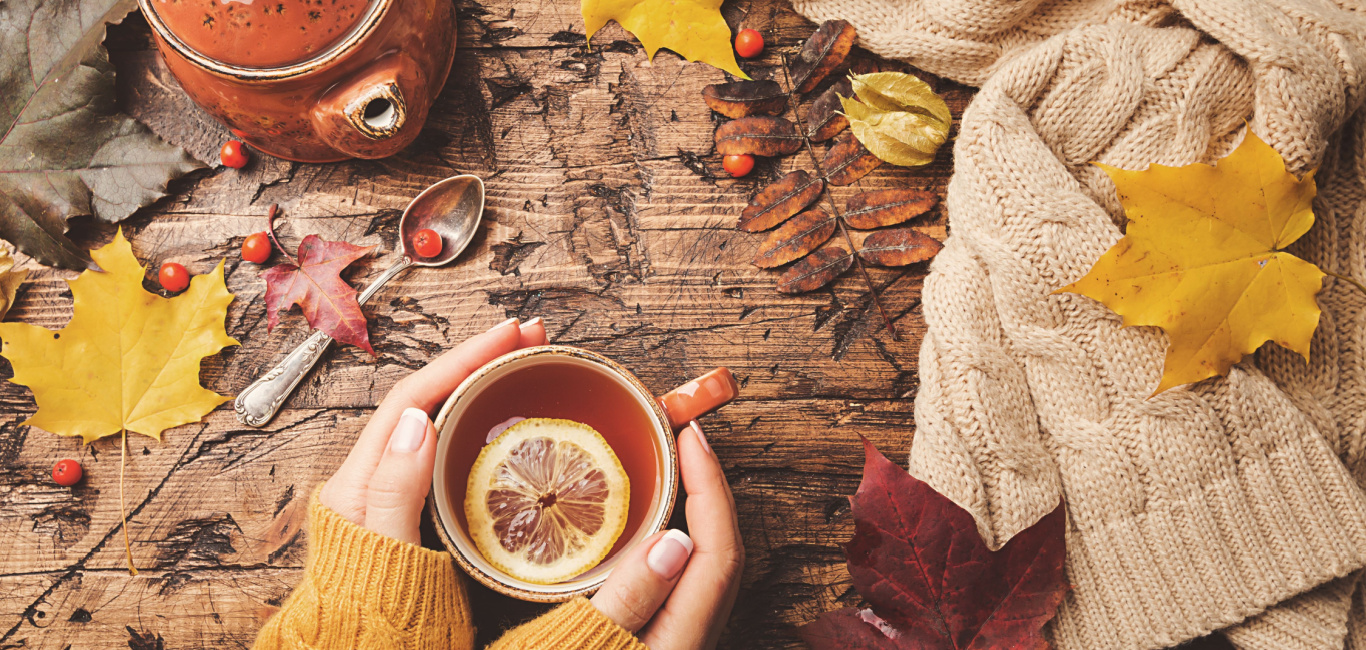
At the core of the medical system of Ayurveda is the concept of tridosha – the three vital entities or energy forces of the body that drive all our bodily functions. Ayurveda postulates that everything existing in nature is also mirrored in the human body. Its scholars relate the three bodily entities with air, the sun, and the moon.
- Vata is the air element surrounding us
- Pitta is the fire element symbolising the sun
- Kapha, the earth and water element, symbolising the moon
According to Ayurveda, every person is a unique blend or arrangement of these three entities, also called energies or humours. Each person’s body constitution and internal physiological processes are also defined by them.
Vayu/Vata – the air element
Vayu or the air element is responsible for life and movements in the body. Life force or the prana vayu is the air that is inhaled and is dependent on the oxygen supplied through the air that we breathe in.
Vayu causes movements such as respiration, sneezing, coughing, speech, tactile or touch sensation, perception of sound, blinking of eyelids, circulation of nutrients and blood in the body, movement of food through one’s digestive tract and excretion.
According to Ayurveda, the characteristics of vayu or vata are dry, light, cold, rough, tiny or minuscule and mobile. Anything that takes place in the body with these qualities is because of the air element. It is in the skin as it is responsible for the sensation of touch; in the ears to help us perceive sounds, and inside the long bones. The main seat of vata is the lower abdomen, in particular the colon.
Whenever vata is impaired qualitatively or quantitatively, it will alter one’s physical movements.
An increase in the vayu element in the body shows up as black or discoloured skin, rough and dry skin, desire for warm food and environment, trembling, distention in the stomach (bloating), constipation, loss of strength, loss of sensory perception and disturbed sleep.
These symptoms can be treated using medicines and therapies that have qualities opposite to those of vayu’s. For example, oils and ghee-based medicines like kalyanaka ghrita, brahmi ghrita, oil massages, hot food and beverages are recommended.
Symptoms of a decreased (insufficient) vayu include loss of strength, difficult and painful movements, and dizziness.
To mitigate these symptoms, the vayu element in the body is enhanced, for example, by recommending food and activities that have vata qualities.
Pitta – the fire element
Pitta is responsible for the body’s temperature, digestion and metabolism. It also helps in sharp vision, induces hunger and thirst, is responsible for a supple body, a healthy complexion, intellect and courage.
Pitta in the body is physically related to the bile juice and is oily, hot, pungent and liquid in nature. It is located mainly in the eyes, abdomen, skin, sweat and blood, while its main seat is the navel.
Symptoms of a heightened pitta include yellowish urine and stools, a burning sensation, loss of appetite and sleep. These symptoms are neutralised with medicines and therapies that have cooling properties as opposed to those of pitta.
Symptoms of a reduced pitta include loss of appetite, feeling of coldness and a sallow or dull complexion. They are countered with therapies and medicines that are hot and soft in nature.
Kapha – the water element
Kapha is associated with the qualities of the moon. Kapha is composed of water and earth elements (pruthvi and jala mahabhuta). Kapha imparts moisture and stability to the body and the internal or visceral organs.
Kapha is characterised by sliminess, resistance and endurance and muscle bulk of the body. It takes care of moisture, stability of the joints and internal organs, strength, and bulkiness of the muscles. It is identified with the joints, the fat or adipose tissue of the body, nose and tongue. Its main seat is the chest or the respiratory system.
Symptoms of an excessive kapha include loss of taste, fatigue, excessive salivation, whitish discolouration of the skin, coldness, respiratory ailments, and excessive sleep. The treatment includes the use of medicines and therapies that can oppose the qualities of kapha.
Symptoms of a decrease in kapha include dizziness, pain and emptiness in the chest, and looseness in the joints. The treatment includes the use of drugs and therapies that have qualities opposite to those of kapha.
Effect on age and body types
The vata element is predominant among the elderly; pitta is dominant among the middle-aged while the kapha element is seen to rule in children. The health condition of a person is based on age and the extent of the presence of the three entities in the body.
Ayurveda clearly defines the quality of the gut and the pattern of digestion in people with different body types. Generally, vata occupies the lower part of the body below the navel; pitta occupies the space between the navel and chest; and kapha occupies the chest and head.
People of a vata nature will have a lean physique, tend to eat less and are undernourished. Their digestive fire (agni) is unstable.
People with a dominant pitta constitution are moderately nourished, tend to eat a decent amount of food and digest it easily. Their metabolism and excretion both are fast.
People with a predominance of kapha are well-built and eat well. Their digestion or metabolism is slow but steady.
Depending on one’s predominant element, everyone’s constitution is predisposed to developing a certain set of health conditions. To maintain good health and prevent bodily disorders caused by imbalances in any of these elements, Ayurveda advises diets, activities and treatments specific to and purely based on a body’s basic elements.
Treatment strategies
Vata: Sesame oil is the most suited and enema (basti) is the preferred line of treatment for diseases of vata.
Pitta: Ghee is the best medicine while purgation (virechana) is advised to rid the body of excessively accumulated pitta.
Kapha: Honey is considered the best medicine. Emesis (vamana), an ayurvedic panchakarma therapy to induce vomit, is given to eliminate accumulated kapha.

















